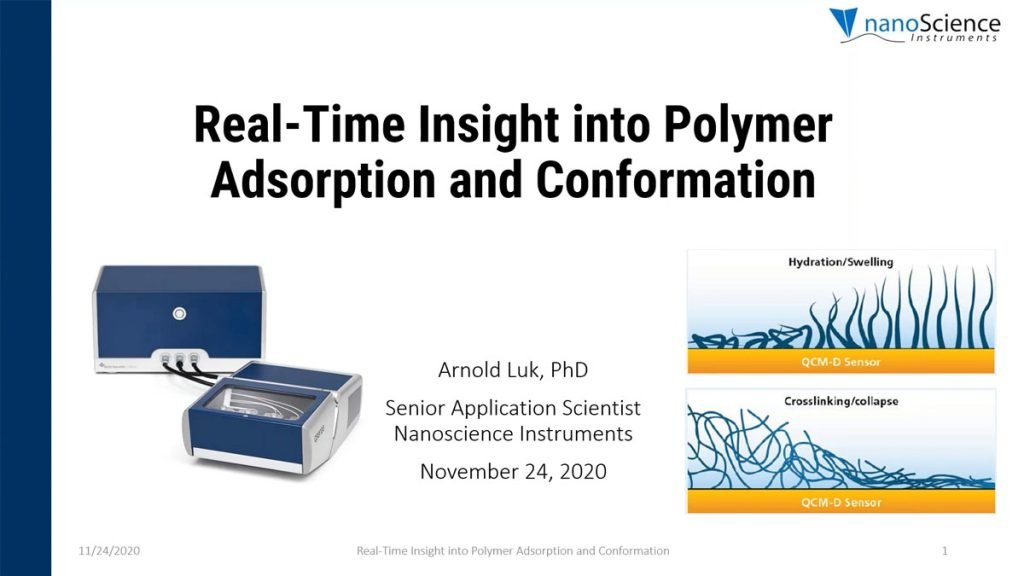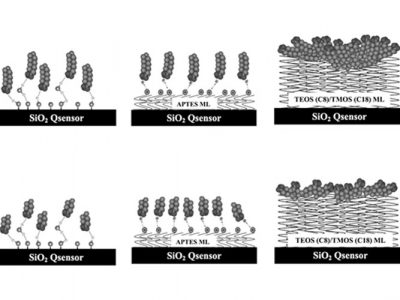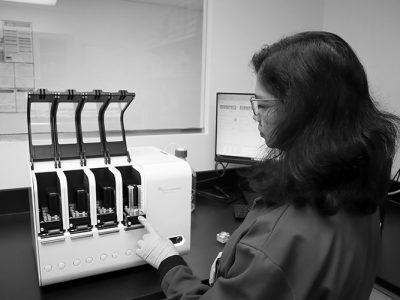Often the mechanistic properties of polymers are just as important as their chemical contributions to their myriad of applications. For example, whether a polymer swells or shrinks in response to external stimuli such as salt or pH will play a large role in the degree to which cells adhere, petroleum can be liberated from a surface, or the efficiency of a degradation process. While some techniques can detect either mass or structural changes of an adsorbed polymer layer, very few can detect both simultaneously and in real-time. Quartz crystal microbalance with dissipation (QCM-D) is one such technique.
This webinar highlights how the QCM-D technique has been used to study polymers.





